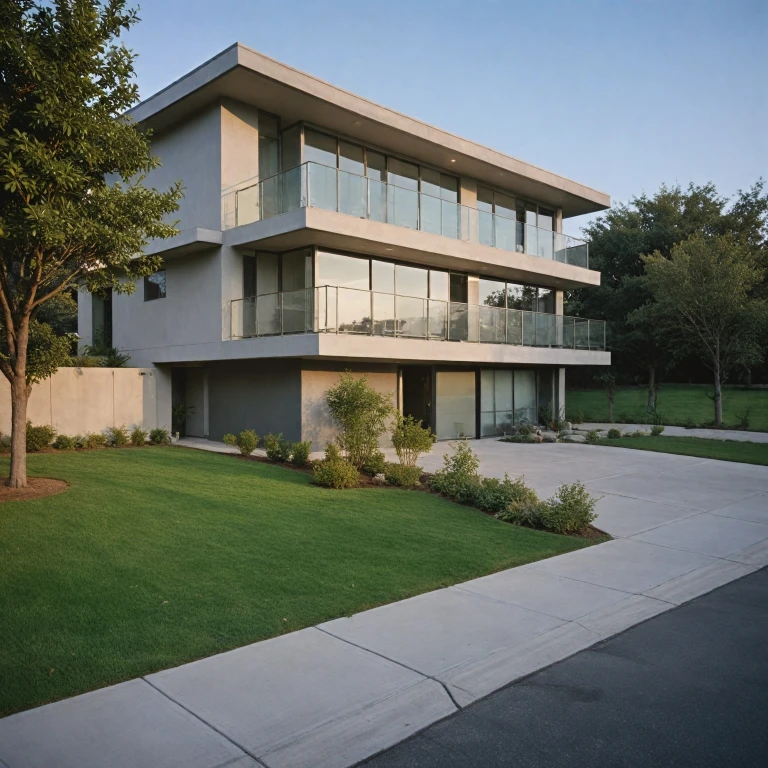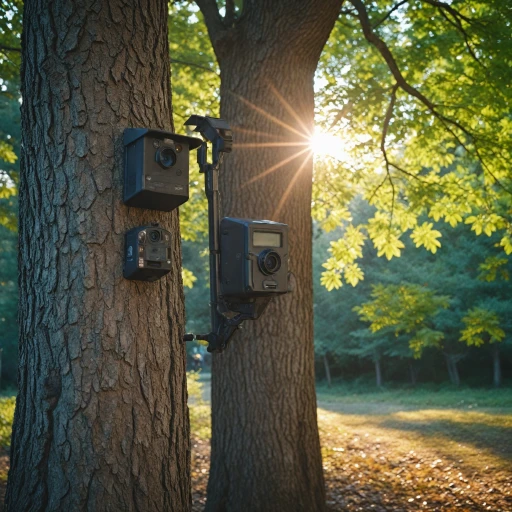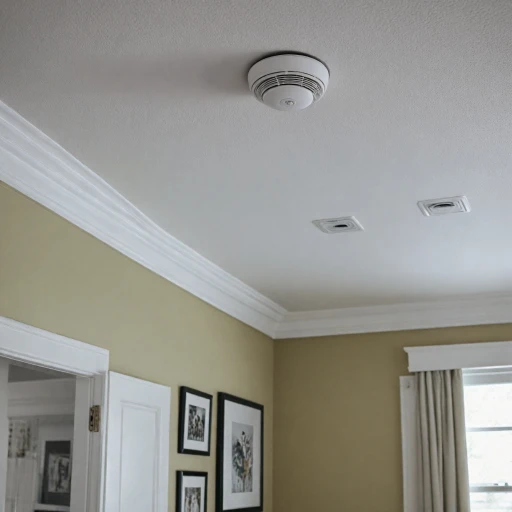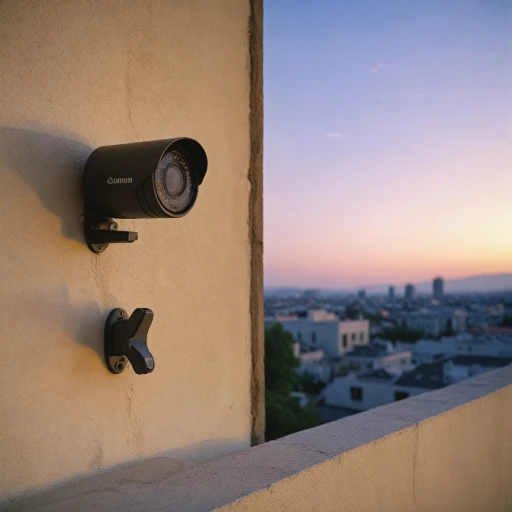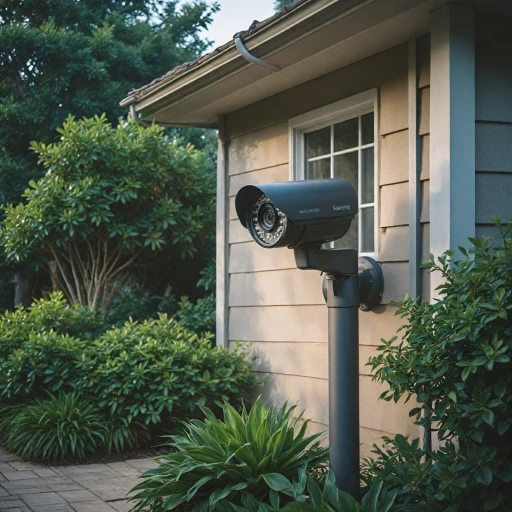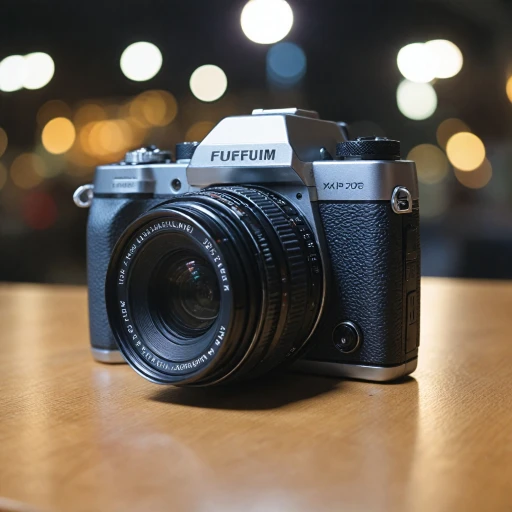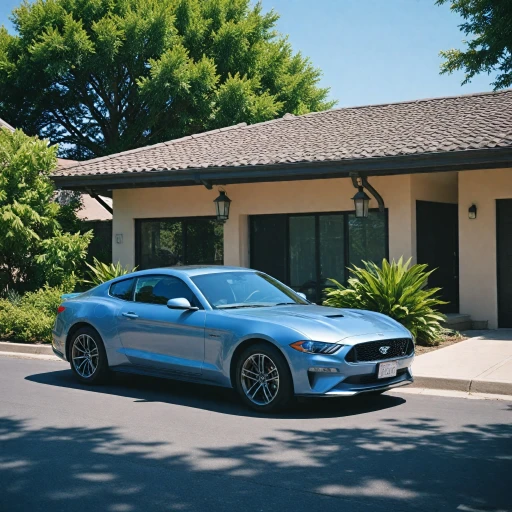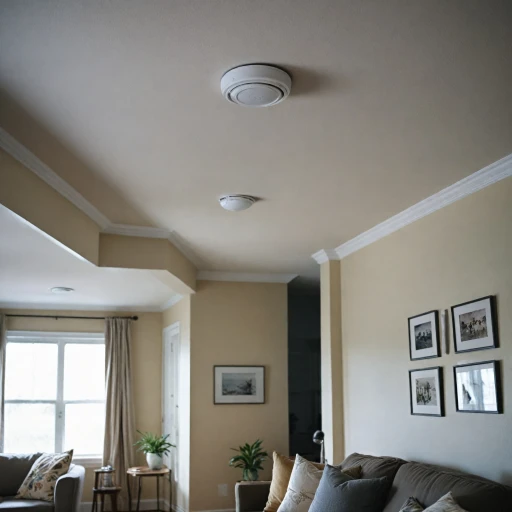Understanding License Plate Cameras
Decoding the Functionality of License Plate Cameras
License plate cameras, also known as LPR (license plate recognition) cameras, play an integral role in enhancing home security solutions. These specialized security systems are designed to capture plate numbers of vehicles and use technology to transform that data into readable plate recognition formats. By effectively capturing license plates, they help monitor and document vehicle movements.
The technology behind these camera systems originated in law enforcement, where it was used to assist in crime and traffic regulation. However, it has since found valuable applications in home security, protecting properties by keeping a detailed record of all vehicles entering and exiting an area. This can be particularly beneficial in gated communities or driveways.
License plate recognition cameras operate by using sophisticated software that analyzes vehicle plates to yield real-time data. This is what differentiates them from standard security cameras - the ability to recognize and log plate numbers effectively. As technology in security cameras continues to advance, LPR systems have become more accessible in terms of price and functionality.
However, installing and utilizing plate readers requires consideration of legal implications and privacy concerns. It's important for homeowners to understand how to integrate these systems while respecting legal boundaries concerning data use and individual privacy rights.
With the increasing popularity of recognition cameras in residential settings, understanding their features, benefits, and potential impact can significantly enhance your home's security strategy. To explore more innovative surveillance options, check out this insightful article on smoke detector spy cameras.
Benefits of Using License Plate Cameras in Home Security
The Value of Plate Recognition in Crime Prevention
License plate cameras (LPR cameras) offer a proactive approach to enhancing home security by capturing and recognizing license plates, potentially deterring criminal activity. By integrating this technology, homeowners can gain valuable insights into vehicle movement around their property, an essential factor in maintaining safety.
Immediate Alerts for Suspicious Activity
These cameras are equipped to provide real-time alerts when an unrecognized vehicle plate is detected, enabling swift action to be taken, whether that involves contacting law enforcement or adjusting security protocols as needed. This immediate response can significantly reduce the lag time between a security breach and corrective measures.
Data-Driven Insights for Enhanced Security
Beyond instant alerts, the data captured by LPR systems can be invaluable. It helps in identifying patterns, such as recurring vehicle appearances during odd hours, thereby aiding in suspect identification which is crucial in crime prevention efforts. In addition, such information can assist law enforcement agencies in investigations, making these camera systems an asset for not just individual homes, but the broader community as well.
Deterring Unlawful Intrusions
The presence of license plate cameras acts as a deterrent to potential intruders who may be aware that their vehicle information is being captured. This technology enhances the security of residential areas by reducing the likelihood of crimes, such as burglary or vandalism, occurring.
Improved Accountability and Enforcement
Beyond home security, these cameras also bolster legal enforcement by ensuring compliance with regulations, such as parking laws. With their ability to provide plate recognition, enforcement agencies can efficiently manage violations, supporting a safer community environment.
Discover how License Plate Reader Cameras can enhance the security of your home and neighborhood.
Key Features to Look for in a License Plate Camera
Features to Prioritize in Your Choice
When selecting license plate cameras for enhancing your home security, there are several key features that can make a significant difference. These cameras are highly specialized and are designed to capture and recognize vehicle license plates accurately. Here is what you should consider to maximize their effectiveness:
- Resolution: High-resolution cameras are essential to ensure that the license plate numbers are clear and readable. The greater the pixel count, the better the detail in capturing plate images even from a distance.
- Night Vision: Many crimes occur under the cover of darkness. Equip your security systems with infrared or low-light technology to ensure constant vigilance regardless of the time.
- Recognition Technology: The core of LPR cameras is their advanced plate recognition software. Look for systems with reliable recognition algorithms that can process the captured data swiftly and accurately.
- Field of View: Consider the camera's field of view to ensure it covers the area where vehicles will likely pass. A wider field of view allows for capturing license plates from different angles.
- Weather Resistance: Since these cameras are mounted outdoors, ensure they are weatherproof to withstand various environmental conditions.
- Integration Capabilities: A compatible camera system should work seamlessly with your existing security setup. Certain LPR systems can be integrated with broader security measures, such as alarm systems and video recording options.
Considering these features will help you choose a license plate camera system that meets your security needs effectively. For more information on integrating LPR cameras into your existing systems, refer to this resource which discusses the important role of connectivity in security infrastructures.
Installation Tips for License Plate Cameras
Practical Steps for Effective Installation
Installing a license plate camera for home security requires thoughtful consideration of several factors to optimize its effectiveness. Proper installation of these cameras ensures reliable plate capture and vehicle recognition, helping to enhance the security of your property.
Identifying the Optimal Location
Position is crucial for the effectiveness of LPR cameras. These cameras should be placed at entry and exit points of your property to capture clear images of license plates as vehicles enter or leave. Ensure an unobstructed view of the driveway or entrance where vehicles pass frequently, avoiding angles that could hinder plate recognition.
Adjusting for Lighting Conditions
Lighting plays a significant role in image clarity. It's important to account for varying light conditions, such as day and night, when installing a license plate camera. Some cameras come with infrared technology to assist in low-light conditions, enhancing their utility around the clock, thereby contributing to crime reduction efforts by capturing plate numbers even at night.
Correct Height and Tilt
For optimal performance, the height of the camera should be adjusted to capture the front or rear of the approaching vehicle without excessive tilt. Ideally, cameras should be installed at a height that can cover an entire vehicle without missing license plates.
Securing the Camera Properly
Security is key to prevent tampering. Ensure that the camera is mounted securely and, if possible, out of easy reach. Using tamper-resistant tools and fixtures can help maintain the integrity of the camera systems and prevent unlawful interference.
Testing and Calibration
Before finalizing the installation, it is crucial to test the camera's functionality. Verify that the plate reader can accurately capture and recognize plate numbers under typical conditions faced daily. Calibration might be necessary to fine-tune recognition technology settings, balancing data capture efficiency and price considerations.
Regular Maintenance Checks
Regular maintenance of LPR systems will ensure their reliability over time. Inspect cameras for any damages and clean lenses to prevent obstruction of critical components. Routine checks allow for continuous support in understanding and enhancing your home's security measures.
Integrating License Plate Cameras with Existing Security Systems
Seamless Integration with Existing Security Measures
Integrating license plate recognition (LPR) cameras with your existing security systems can elevate your home’s safety measures to a new level. Whether it's monitoring your driveway or keeping an eye on vehicular activity around your home, linking these advanced cameras with your current setup brings nuanced advantages. It's essential to approach the integration process with careful planning and consideration to ensure optimal performance.
- Compatibility: Ensure the LPR cameras are compatible with your current security camera systems. Modern LPR technology often supports IP-based systems, which are widely used in security applications. Check if the LPR system’s software can be synchronized with your existing infrastructure.
- Data Management: Efficient integration requires a focus on data management. LPR cameras capture substantial plate data, which needs organized storage and processing. Utilize cloud-based solutions or compatible DVRs to process and store the data efficiently, ensuring timely access for analysis and security purposes.
- Alert Systems: The ability to receive real-time alerts when a recognizable plate is captured enhances your proactive security measures. This functionality is particularly useful in identifying unauthorized vehicle entry or documenting suspicious activity outside your home.
- User Interface: Ease of use is critical. Look for integrated systems that offer a straightforward interface for monitoring and accessing plate capture data. Some systems may allow access via mobile devices, giving you the flexibility to maintain security oversight from anywhere.
- Interoperability: Beyond security cameras, consider how LPR camera systems can work in tandem with motion detectors, alarms, and other vehicle monitoring devices, creating a robust, layered security system.
Ultimately, seamlessly integrating LPR cameras into your existing arsenal of security technologies helps fortify your home's defenses. By taking these considerations into account, you not only enhance your security but also contribute to a more efficient, cohesive system that keeps your property safe from crime and unauthorized vehicle activity.
Legal Considerations and Privacy Concerns
Addressing Privacy and Legal Implications with License Plate Cameras
When incorporating license plate cameras into your home security strategy, it's crucial to consider the privacy and legal implications surrounding their use. Understanding these aspects can help safeguard your household while ensuring compliance with legal standards. First, it's important to recognize the legal use of license plate recognition technology. While law enforcement agencies have extensive use of LPR cameras for monitoring vehicles and enforcing laws, private homeowners must also ensure their use is lawful. Local and national regulations may govern the use of cameras, including plate recognition systems, on private property, so you should familiarize yourself with these laws.Privacy Considerations
Being mindful of privacy concerns can prevent legal issues and maintain goodwill with neighbors. Here are some privacy considerations to keep in mind:- Positioning: Ensure your cameras only capture the necessary area needed for security purposes. Avoid pointing cameras at neighboring properties as this can infringe on their privacy.
- Footage Access: Limit access to recorded footage to trusted individuals to prevent misuse of data.
- Data Retention: Establish clear data retention policies, keeping footage only for a reasonable period, in line with legal standards.
Legal Compliance
To comply with legal standards, you may need to:- Signage: Consider posting notices on your property to inform visitors that license plate cameras are in use for security monitoring.
- Consult Professionals: Speak with legal experts or authorities to confirm that your security setup complies with applicable laws.
- Integration and Use: When pairing cameras with existing systems, ensure all components harmonize within the legal framework.
